Air New Zealand has commenced a global search for aerospace partners to collaborate on the development of ‘novel propulsion aircraft’ for zero-emission flights within New Zealand by 2030, indicating that it could commit to a new concept as early as the end of this year, reports Tony Harrington. The airline has released a Product Requirements Document (PRD), which details broad opportunities and stringent conditions for industrial collaboration on all-new aircraft as small as one to nine seats, or propulsion retrofit programmes initially to re-power its fleet of 23 50-seat DHC Q300 aircraft, deployed on domestic routes. The deadline for questions from qualifying applicants is February 11, with formal submissions to be lodged by March 1. Following supplier presentations from March 7, Air New Zealand will evaluate proposals, providing feedback by Q2. Commitment to a novel propulsion aircraft could come as early as Q4 this year, potentially leading to firm orders in 2023, demonstration and infrastructure evaluation by 2024, and aircraft delivery as soon as 2025.
“As Air New Zealand works towards its net zero 2050 goal, achieving in-sector carbon reductions through reducing aircraft emissions is critical,” the airline said. “We have an ambition to be a global leader in driving a shift to novel propulsion aircraft with an entry to service before 2030.
“The Air New Zealand fleet has always been made up solely of traditional, fixed-wing, twin-engine aircraft with tube-and-wing designs. With the emergence of novel propulsion and advanced airframe concepts, Air New Zealand accepts the optimisation of existing aircraft topologies has nearly reached its potential. We believe radical configuration changes and novel propulsion concepts will be required in addition to continued evolution of existing aircraft technology.”
After sustainable aviation fuels, upon which it is relying to halve its aircraft emissions by 2050, the airline expects novel propulsion aircraft to cut its total emissions by a further 20% and has stipulated five objectives for this latter programme – reduced CO2 from short-haul aircraft, lower energy use per flight, less noise inside and outside aircraft, reduced maintenance costs, and fewer obligations to comply with New Zealand’s emissions trading scheme.
“Air New Zealand is willing to consider the deployment of all these technologies in parallel,” the airline said, “accepting some fleet complexity as a means to reduce total network emissions and understanding each technology concept could be suited to a particular network application.
“Whether it be hydrogen/battery electric, hydrogen combustion or hybrid, all these designs are capable of achieving a step change in emissions reductions beyond what is achievable with conventional gas turbine designs.”
The PRD brief graduates from short-haul, low-capacity aircraft of 1-9 seats, which reduce carbon emissions for roles such as freight, training or single lines of flying, to zero-emissions models seating 50 or more passengers, and stipulates: “For specific engine performance, a fuel burn saving of +15% is required to be considered as part of our novel propulsion roadmap – not incremental gains.”
As part of the process, the airline has offered potential partners an opportunity to develop and test new powertrains or all-new aircraft in New Zealand, where they could be deployed eventually, and where there is abundant renewable energy. Already, more than 80% of the nation’s electricity is generated from renewable sources and the New Zealand government is committed to 100% by 2030.
Among the potential scenarios it has flagged, Air New Zealand is willing to convert decommissioned aircraft into new propulsion testbeds or to join partners in bidding for research and development funds from the government.
The airline said it would consider modifying its existing fleet of turboprops – 23 Q300 and 29 ATR 72-600 aircraft – to create “a sub-fleet of zero emissions aircraft” for passenger services through a supplementary type certificate process, through which existing aircraft could be modified. It also addressed the challenge of supporting infrastructure.
“Air New Zealand is adopting a two-staged approach to addressing these future energy infrastructure uncertainties,” it said. “The first step is the release of this PRD process, with information gained used to inform the commercial viability and resultant on and off airport infrastructure needs. Post the PRD, Air New Zealand will expand engagement to include airports, energy providers and supply chain partners to ensure the enabling eco-system readiness is in line with aircraft technology.”
The airline’s novel propulsion programme was announced as it took delivery of its 29th and final ATR 72-600 aircraft, the French manufacturer now having produced 1,600 in total of the type. The airline has separately partnered with ATR to investigate future battery technologies, and also with Airbus, whose A320 and A321 aircraft it also operates, to explore opportunities and requirements for hydrogen-powered aircraft on New Zealand domestic routes.
Hydrogen propulsion developers Universal Hydrogen and ZeroAvia are already preparing to convert decommissioned Q300 and larger Q400 aircraft as flying test platforms for their new powertrain concepts.
Photo (ATR): Air New Zealand’s 29th and final ATR 72-600


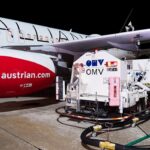

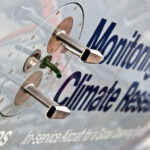


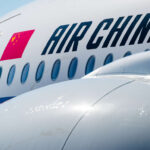
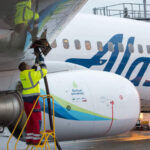
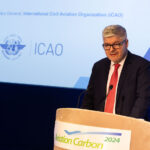
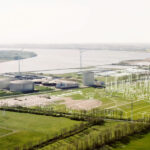
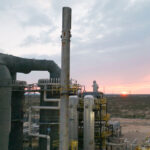

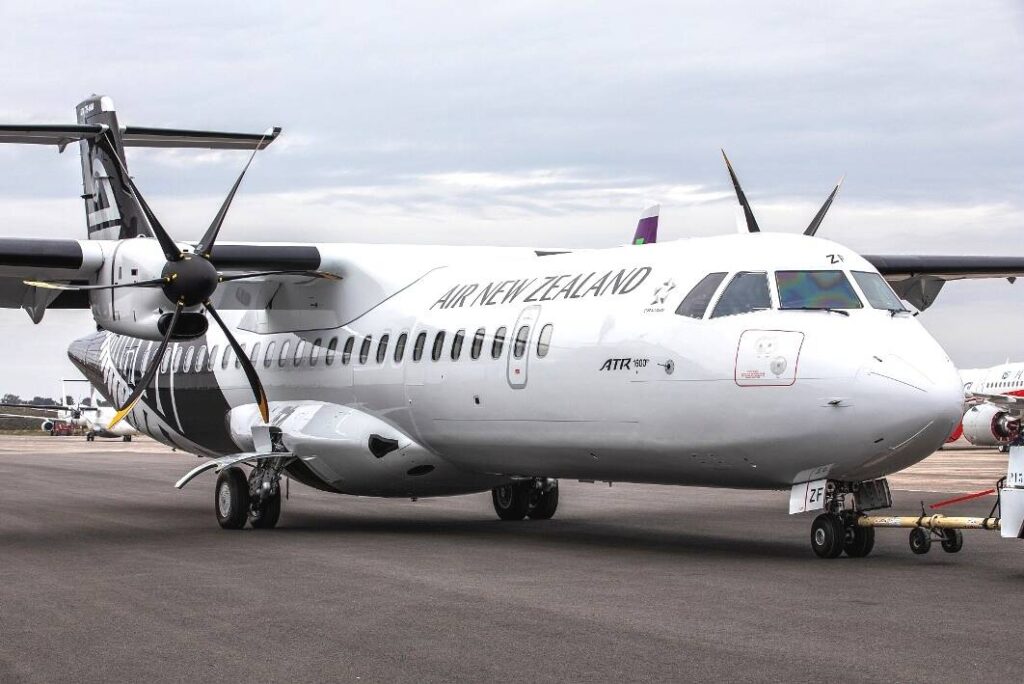

More News & Features
Commentary: China’s fair and equitable solution to civil aviation’s climate challenge
Advocacy group launches to speed up production and use of SAF across Asia
SITA teams with Arab airlines on developing technology to enhance flight sustainability
New Zealand could meet 25% of domestic jet fuel needs with SAF from wood waste, finds report
Airbus enters partnerships with airlines Wizz and EVA to help prepare for SAF introduction
Malaysia to produce SAF from palm oil waste, while Thailand pumps first SAF shipments to Bangkok’s airports